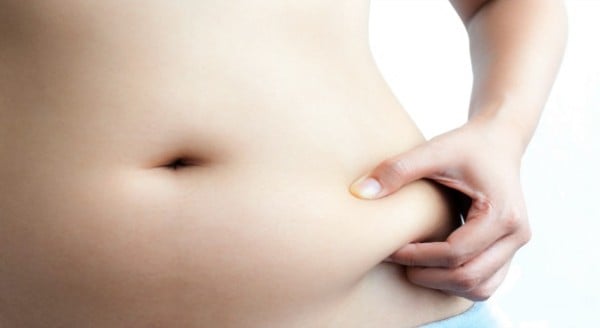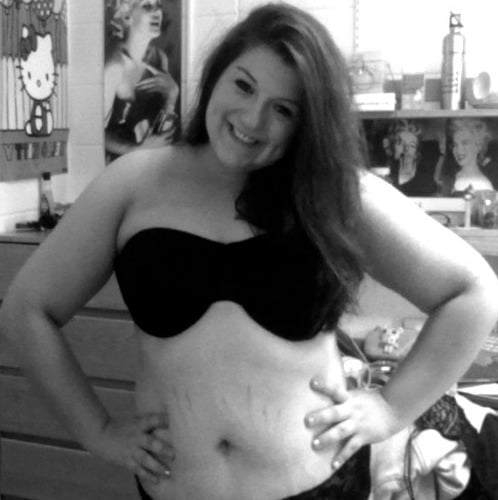
By: Rodney Sinclair, University of Melbourne
Most women (85 per cent) and a small number of men have cellulite, usually on the thighs, buttocks and upper arms. It’s a normal pattern of fat for people of all shapes and sizes.
The dimpling of cellulite, or gynoid lipodystrophy as it’s medically known, is caused by alterations to the layer of fat beneath the skin, known as subcutaneous fat.
RELATED: Think this is just your average swimwear shoot? Look a little closer.
Cellulite can be hard, soft or oedematous (swollen). Hard cellulite is seen in young women who exercise regularly. Soft cellulite is more common in inactive women who have recently lost weight. Oedematous cellulite is seen in women who are overweight.
Why do we have subcutaneous fat?
The fat tissue beneath our skin has three main functions. It acts as a shock absorber to dissipate external forces applied to the skin, to protect the underlying muscle and overlying skin. Fat in the feet aids walking, while fat on the buttocks aids sitting.(post continues after gallery).
How the 'perfect body' has changed over the years.
Second, fat provides thermal insulation and helps regulate and maintain our core body temperature. Underweight people feel the cold more. Overweight people find heat and hot climates more difficult.
Third, fat stores surplus energy when food supply is irregular. Feasting leads to fat accumulation. Fat stores can release energy slowly and evenly to help us endure famine. Fat tissue is an integral part of a very sophisticated energy storage and delivery system that allows humans to get by comfortably with three meals a day, while other mammals such as sheep need to feed almost continuously for 80% of their waking hours.




